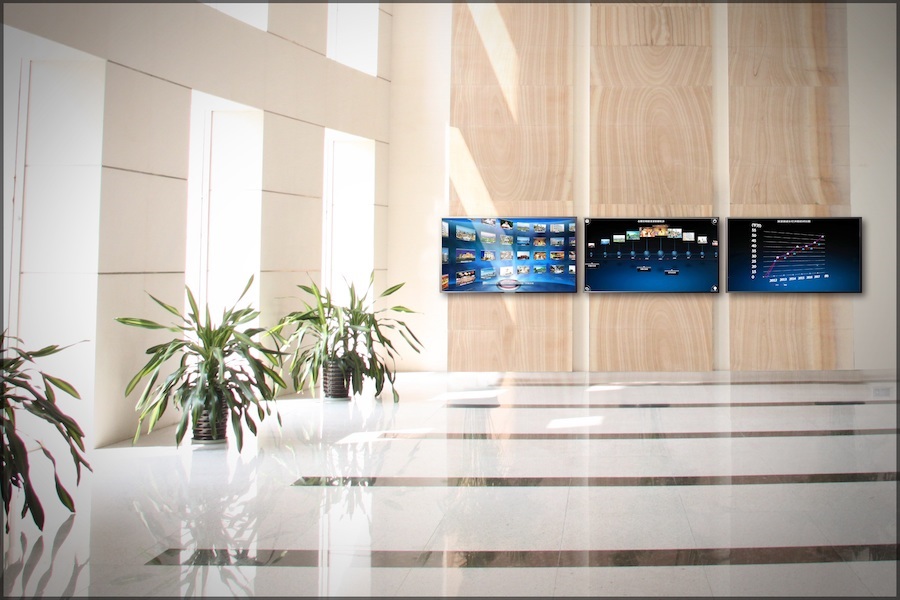Exploring the Crucial Factors That Influence Hue Uniformity in LED Panel Panels for Optimal Display Performance
Exploring the Crucial Factors That Influence Hue Uniformity in LED Panel Panels for Optimal Display Performance
Blog Article
Color uniformity in light-emitting diode wall screens is essential for achieving optimal optical output. light-emitting diode wall screens are widely used in multiple environments, including concerts, conferences, and advertising showcases. When the hues on these screens are consistent, they create a more captivating and immersive experience for viewers. Several critical elements influence hue consistency, including the quality of the light-emitting diode elements, tuning procedures, and environmental conditions.
The caliber of the light-emitting diode elements plays a significant role in hue uniformity. Various types of LEDs produce light at different wavelengths, which can affect the overall color result. Premium LEDs are engineered to produce a more uniform light spectrum, resulting in better hue accuracy. Additionally, the manufacturing process of these LEDs can impact their performance. Screens made with high-grade materials and technology tend to have less color differences, guaranteeing that the shown pictures and footage look lively and faithful to reality.
Calibration is another essential element in preserving color uniformity in light-emitting diode wall screens. Tuning involves modifying the settings of the screen to make certain that the colors displayed match the desired design. This procedure can consist of fine-tuning luminosity, differentiation, and color equilibrium. Regular tuning is essential, especially in environments where lighting factors vary frequently. By calibrating the panels, technicians can correct any inconsistencies in color result, resulting to a more uniform viewing experience.
Surrounding factors also affect color uniformity in light-emitting diode wall screens. Elements such as ambient light, heat, and moisture can influence how colors are perceived. For example, bright ambient light can wash out hues, making them look less vibrant. Similarly, harsh heat can affect the functionality of the light-emitting diodes, leading to color changes. To reduce these problems, it is essential to place light-emitting diode wall panels in controlled environments where illumination and temperature can be managed effectively.
Lastly, the layout and arrangement of the LED wall panels can impact hue uniformity. The arrangement of the panels, as well as the distance from which they are observed, can create differences in hue recognition. When panels are placed too far apart or at varied positions, audiences may detect inconsistencies in color. To obtain the best optical performance, it is important to take into account the positioning and arrangement of the panels during setup. By tackling these elements, operators can ensure that check out here their LED wall panels provide a uniform and high-quality optical experience.